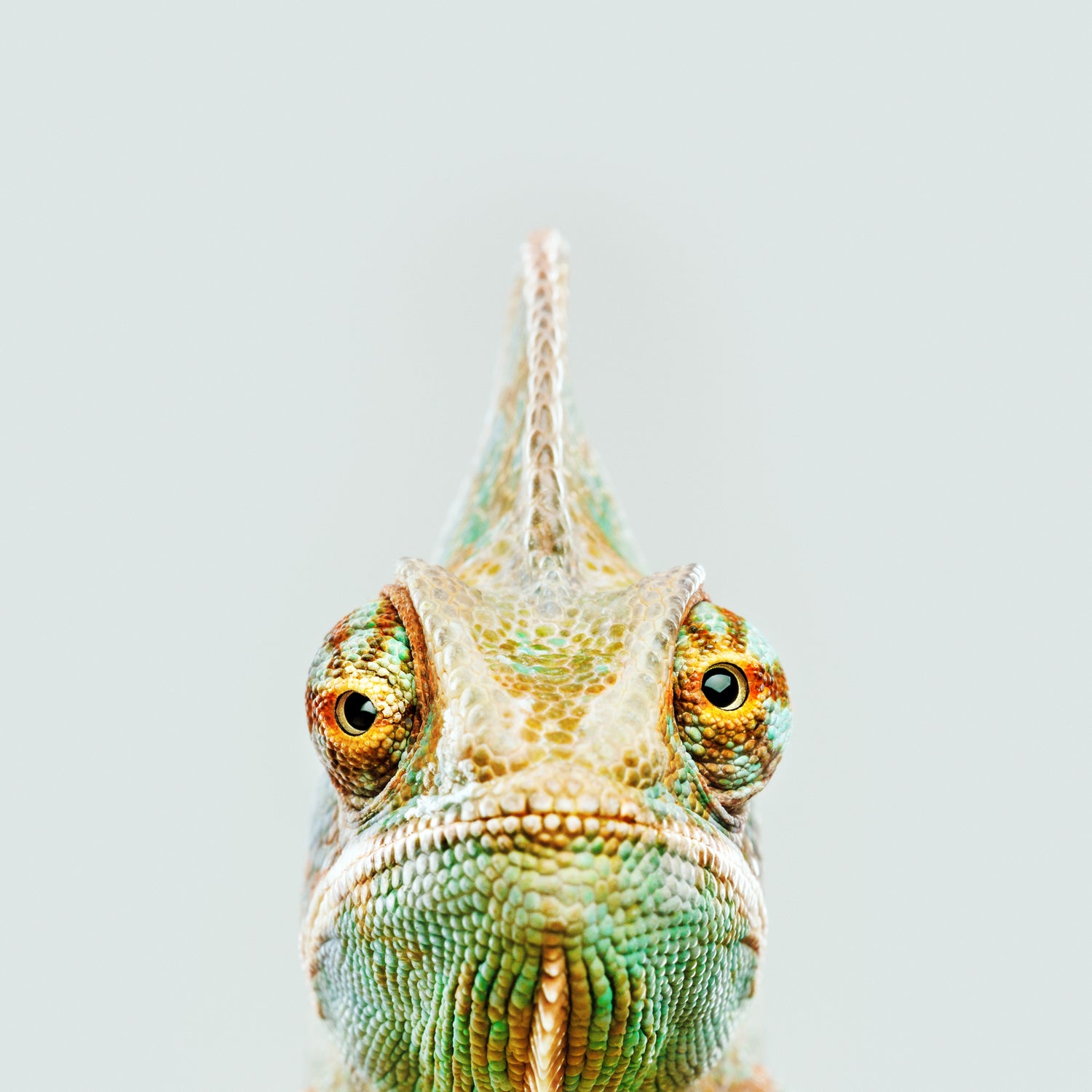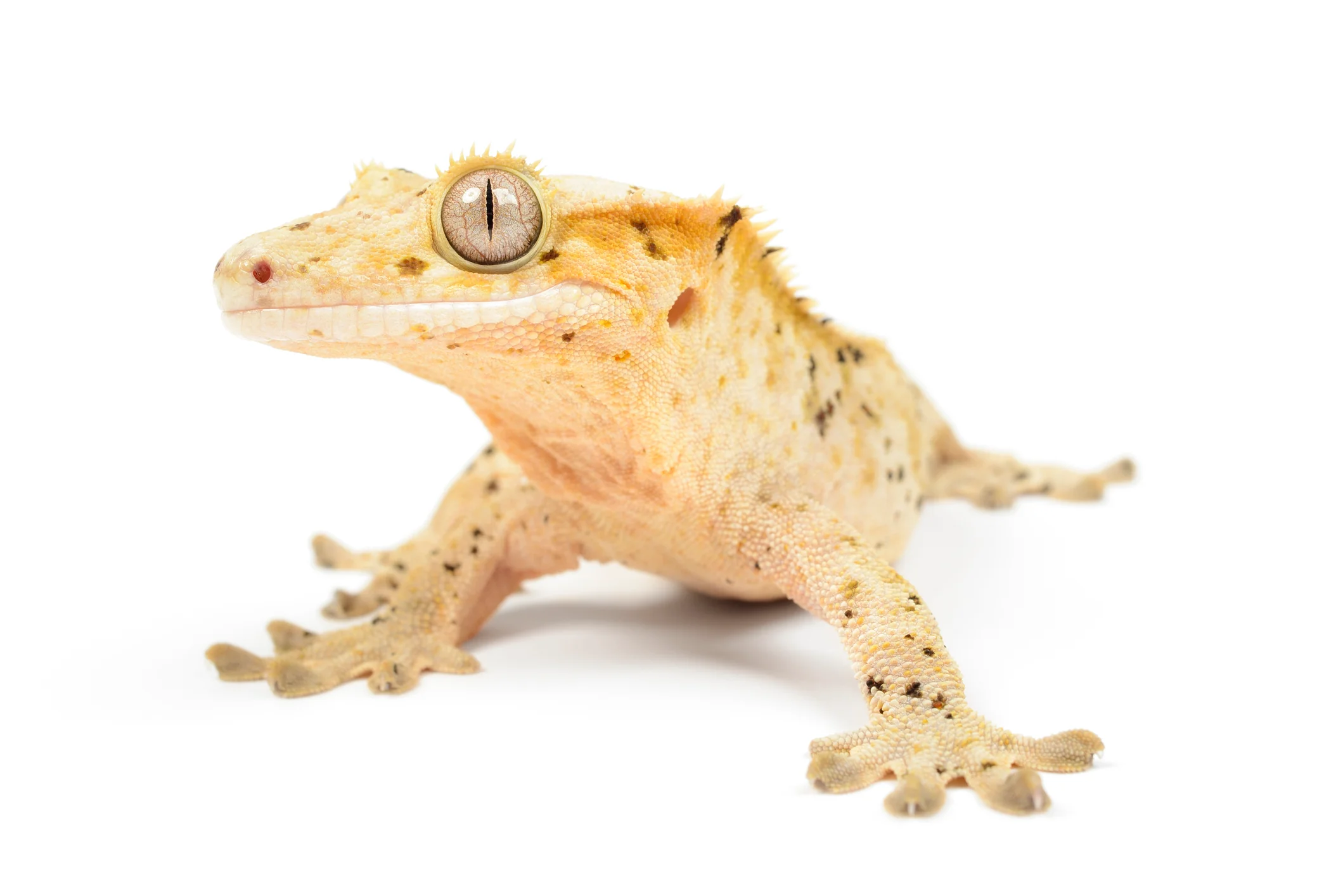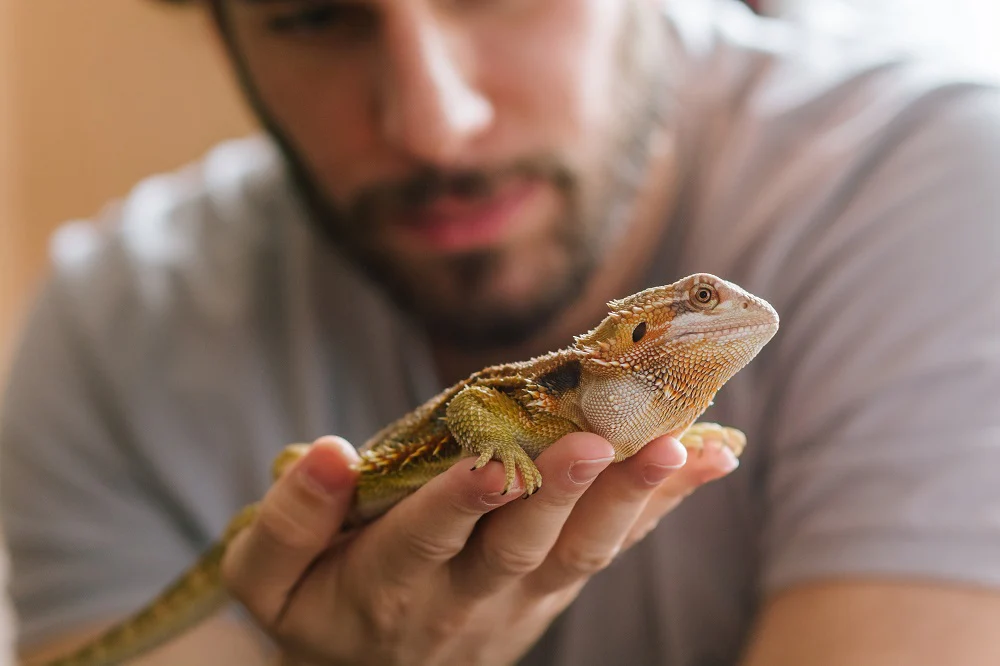It’s well known that reptiles need supplementary calcium in captivity, but why? And how much? Knowing the answers to these questions is important to helping your pet reptile enjoy optimum health in your care.
Why Is Calcium Important?
Calcium is one of the most essential minerals for any vertebrate, not just reptiles. Calcium plays an important role in healthy bone growth, nerve function, hormone production, and reproduction. Some reptiles need a calcium supplement in captivity, but others already get enough from their food.
While every effort should be made to replicate the natural diet of the reptile in question, the fact is that you’re going to be limited to what’s available to you, which is why calcium supplementation becomes necessary. That being said, a lot of reptiles in captivity actually live longer when compared to their wild counterparts. This is in part due to lack of predation, but this is also because they may get more regular access to food and essential nutrients in captivity.
How Calcium is Absorbed
Calcium is absorbed in a couple of ways. When it’s received into the body without vitamin D3, the process is known as fusion absorption. Fusion absorption is not very efficient — in fact, most of the calcium still ends up getting expelled as waste from this process. In order to maximize calcium absorption, vitamin D3 must be present.
This brings us to a commonly-debated topic in the reptile industry: is it better to use UVB lighting, which stimulates the natural process of vitamin D3 synthesis in vertebrates’ bodies, or is it better to simply provide vitamin D3 as another dietary supplement?
A number of reputable herpetologists have reported that with the correct dosage of vitamin D3 along with the right amount of calcium, there is no need for artificial or natural UVB to be applied to the reptile in order to keep them from suffering from lack of calcium. However, this doesn’t work for all reptiles. While it seems to be effective in keeping certain reptiles (ex: snakes, leopard geckos, blue tongue skinks) alive long enough to reproduce, other reptile species (ex: bearded dragons, red-eared sliders, tortoises) will die without UVB lighting regardless of supplementation.
On the other side of the spectrum, leading reptile lighting experts such as Dr. Frances Baines argue that because the process of vitamin D3 synthesis from UVB is a self-limiting process, providing UVB in appropriate amounts allows for the “perfect” dosage of vitamin D3 — something that is currently impossible to do with dietary supplements. They also argue that just because a reptile is surviving and reproducing does not necessarily indicate that its vitamin D3 needs are being fully met from its diet, and blood analysis results seem to agree.
Calcium Blockers: Oxalates and Phosphorus
Oxalates and phosphorus are two compounds known to inhibit the absorption of calcium in the body. Oxalates are found in plants, and phosphorus is primarily found in animals, although it is present in high levels in some fruits.
High-oxalate foods:
- Beans
- Beets/beet greens
- Berries
- Endive
- Kale
- Oranges
- Spinach
- Star fruit
- Sweet potatoes
- Swiss chard
- Turnip greens
- Wheat bran
High-phosphorus foods:
- Bananas
- Captive-bred insects
- Muscle meats
- Nectarines
- Peaches
- Peas
- Yams
- Zucchini
Calcium supplementation helps combat and balance the negative effects of a diet high in oxalates and phosphorus, which is frankly inevitable in captivity. Still, oxalate and phosphorus content should be taken into consideration when choosing foods for your reptile. You will need calcium powder to help counteract the oxalates and phosphorus present in the abovementioned foods.
How to Provide Calcium for Your Pet Reptile
Snakes
Snakes eat whole vertebrate prey, which means that their food already contains a rich source of calcium: bones. As long as the prey was healthy during its life, it will provide all of the calcium necessary for your snake’s health. So calcium supplementation is typically not required for keeping a pet snake, but occasionally dusting calcium powder on your snake’s food can be a good way to cover any gaps. This is especially beneficial if the calcium supplement contains vitamin D3 and you’re not using UVB lighting.
Lizards
While snakes are more or less the same in terms of their nutritional needs, lizards are much more diverse. Some lizards are carnivores, some are insectivores, some are herbivores, and some are omnivores. Each different type has a different diet and different calcium needs, so you will need to research your specific species’ requirements. However, here are some good general rules to follow:
Whole vertebrate prey does not need calcium powder. Insects, however, should always be dusted with calcium.
Vegetables should not be dusted with calcium unless your lizard is a strictly herbivorous species. In that case, providing calcium powder 1-2x/week is generally good practice.
Turtles/Tortoises
Turtles are generally omnivorous or carnivorous, and tortoises are generally herbivorous, but there are exceptions. Dose calcium according to the animal’s diet and lifestyle.
Because aquatic turtles prefer to eat in the water, supplementing their diet can be difficult. Using a high-quality turtle pellet as part of their diet and access to a cuttlebone will help ensure that your turtle gets the calcium it needs.
Herbivorous and omnivorous tortoises will need to get most of their calcium from their salads. Providing a sprinkle of calcium powder on this salad 1-2x/week should help with this need. Tortoises can also benefit from access to a cuttlebone, as it provides a ready source of calcium and helps keep their beak trimmed.
How Much Calcium Do Reptiles Need?
This is a difficult question to answer. While we know why reptiles need calcium, and how to dose it effectively, we don’t actually know how much they need. The amount of calcium that a reptile needs in its diet depends on species and life stage, and the fact of the matter is that this simply hasn’t been enough formal research on the subject. The best we can do is supplement to the best of our knowledge, monitor external indicators of health, and use blood analysis to assist.
There are some things we do know, like the fact that there is such a thing as too little calcium. Calcium deficiency in reptiles is a major contributing factor in Metabolic Bone Disease. We also know that there is such a thing as too much calcium, which causes a condition known as Hypercalcemia. Hypocalcemia can cause serious health issues in reptiles, such as renal failure.
To make sure that your reptile gets enough calcium in its diet, and is able to process it appropriately, it’s best to use a powdered (not liquid) calcium supplement based on calcium carbonate. Your reptile will also need access to appropriate UVB lighting in order to synthesize vitamin D, which is important to proper calcium metabolism. Alternatively you can supplement vitamin D, but it’s not as effective.
Conclusion
At the end of the day, it’s impossible to say exactly how much calcium that you should be giving to your pet reptile or amphibian. Each species is different, then you have to take age, size, weight, and also other factors into account.
However, as great as supplements are, keep in mind that supplementation is not a replacement for a high-quality, well-balanced diet!
This article was written to provide general advice on the subject of calcium supplementation. It is not intended to replace the advice of an experienced reptile veterinarian. If you are concerned about your reptile's health, please make an appointment with a veterinarian.




Leave a comment
All comments are moderated before being published.
This site is protected by hCaptcha and the hCaptcha Privacy Policy and Terms of Service apply.